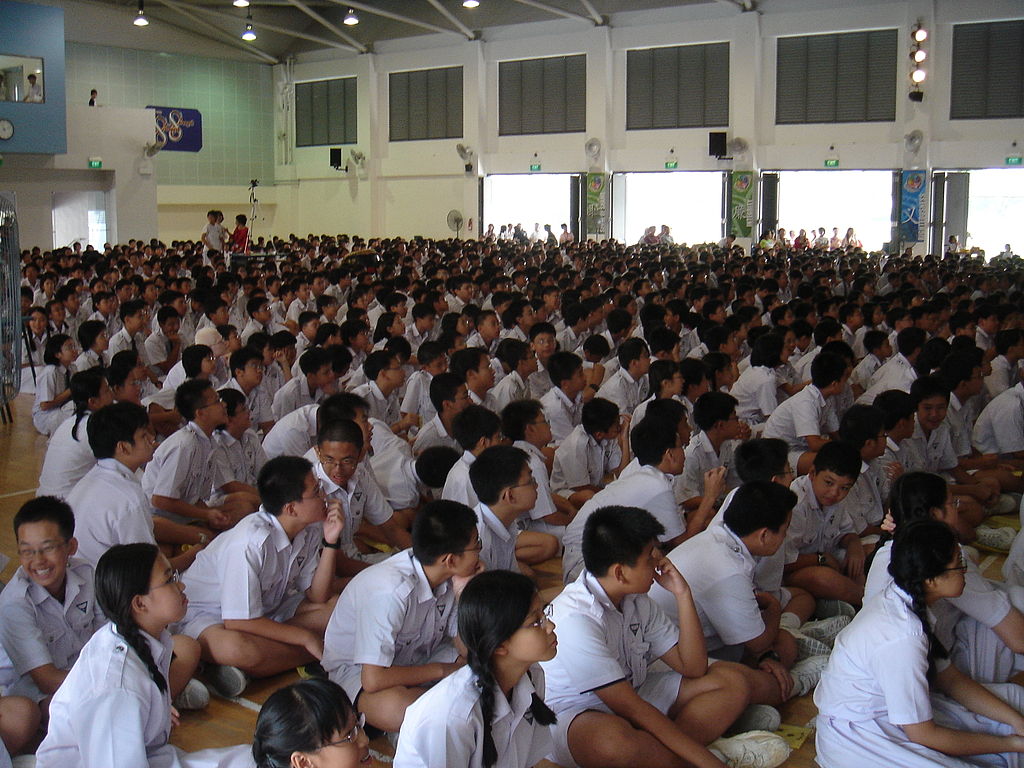
Singapore has recently been praised for its high-quality education, which has set an example for Western countries. These eight facts about education in Singapore discuss the government policies that have been enforced to achieve this success.
8 Facts About Education in Singapore
- Education in Singapore is obligatory. Since 2003, all children must be enrolled in school. This begins from an early age all the way through primary and secondary education. The compulsory education rule applies to both citizens and foreigners. If parents fail to have their children in school or home-school them, they can face significant fines. In fact, they can even go to prison for up to 12 months.
- It’s mostly free. Singaporean citizens receive primary education for free. Secondary education costs about $5 per month. While there are other costs related to education, they do not exceed $30 per month in either case (primary or secondary education). Thus, education is still made affordable to all Singaporeans.
- Almost everyone in Singapore is literate. According to the CIA Factbook, 97 percent of the population over 15 years of age can read and write, as of 2016. By the age of 16, it’s expected for students to have completed both primary and secondary education. Whether or not students decide to pursue a college degree or go on the technical career path, they are already provided with the basic skills to enter the professional world.
- High-quality education also comes at a price. Students have opened up about suffering from stress and anxiety related to schoolwork or tests. As stated by an OECD report about Student Well-Being, more than 75 percent of students feel extremely anxious before taking an exam. This is the case regardless of how much they have studied for it. More than half of the students feel stress while they are studying.
- Real-life skills are prioritized. Education in Singapore focuses on teaching students through theory. However, education is also taught with practice and through applying their knowledge to real life experiences. The goal is to give them all the skills needed to deal with different situations. Additionally, Singapore aims to help students build a strong set of values for the future. This includes teaching them that they live in a globalized world and have to adapt to different cultures as well as knowing their own national traditions.
- Singapore is a leader in science and reading. In recent years, Singapore has been able to top all countries in the PISA evaluation regarding science and reading proficiency. The mean score in both these fields is 493 points. Singapore’s score for science is of 556 points, followed by Japan, with 538 points. As for reading proficiency, Singapore scores 535 points.
- Teachers work longer days. Teachers work more hours than the world average. They are expected to spend almost as much time with their students as parents spend time with their children. Thus, reinforcing core values and the subjects taught in class.
- There is freedom to pursue each student’s unique interests. Students are encouraged to take on community-related activities or co-curricular activities. They will have a shorter syllabus, thus allowing more time to investigate and study specific areas of their interest in their free time. Singapore’s education also encourages a well-rounded approach. Schools offer subjects such as the sciences, electronics, languages, arts and music.
These eight facts about education in Singapore show just how effective established government practices are in reshaping a country’s future. They are simple laws which are easy to implement. But they have changed Singapore in 16 years. Certainly, work remains to be done. The students need a better support system to better deal with high education demands. However, the overall quality of life they can expect from the practices already implemented are undeniable.
– Luciana Schreier
Photo: Wikimedia
 Actress Sofia Carson, while actively immersing herself in her career, equally immerses herself into charitable projects. She is credited as a global ambassador or active supporter of many organizations. Through her partnerships with organizations such as the United Nations International Children’s Emergency Fund, WE and the Latin GRAMMY Cultural Foundation, she has shown that when it comes to her charitable deeds, she embraces the importance of education for women and children and women’s empowerment. Here are some examples of Sofia Carson’s role in fighting poverty.
Actress Sofia Carson, while actively immersing herself in her career, equally immerses herself into charitable projects. She is credited as a global ambassador or active supporter of many organizations. Through her partnerships with organizations such as the United Nations International Children’s Emergency Fund, WE and the Latin GRAMMY Cultural Foundation, she has shown that when it comes to her charitable deeds, she embraces the importance of education for women and children and women’s empowerment. Here are some examples of Sofia Carson’s role in fighting poverty.
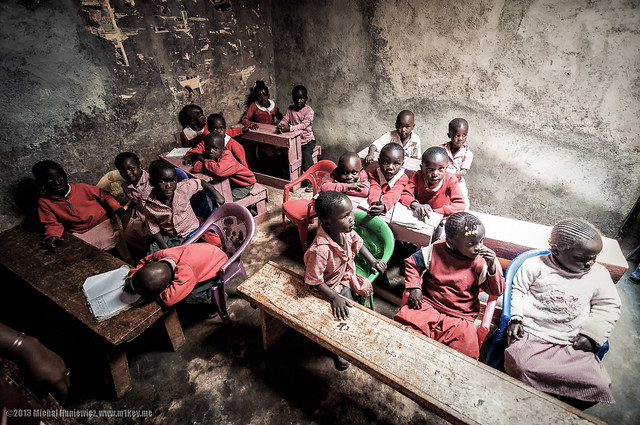
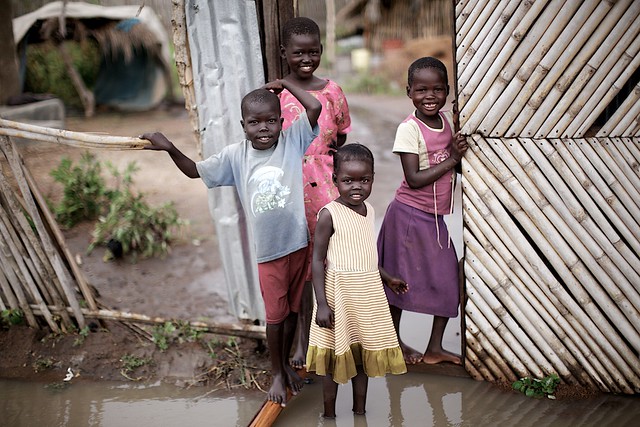 Education in South Africa received more attention after 1994. This is after the fall of the segregationist apartheid regime. The South African government promised to improve its national education system (which has historically been disorganized and unequal). The link between
Education in South Africa received more attention after 1994. This is after the fall of the segregationist apartheid regime. The South African government promised to improve its national education system (which has historically been disorganized and unequal). The link between 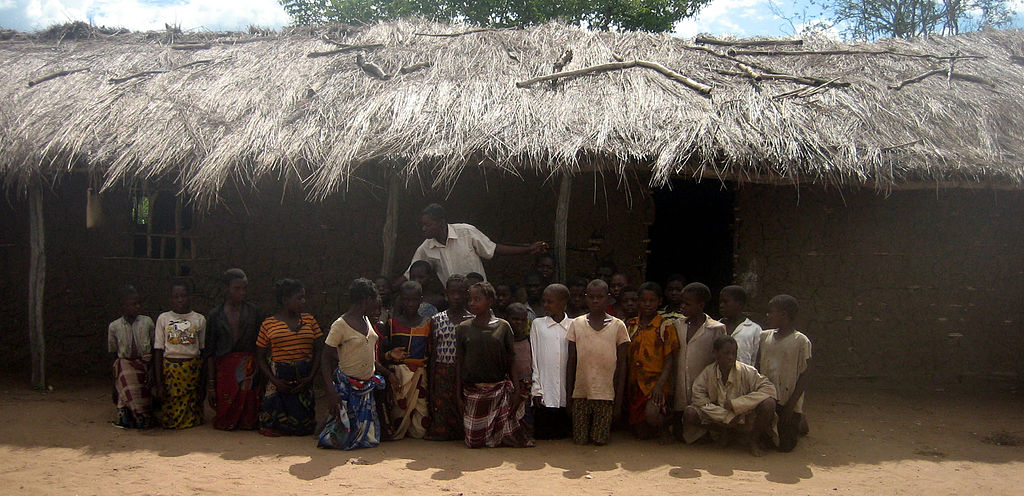

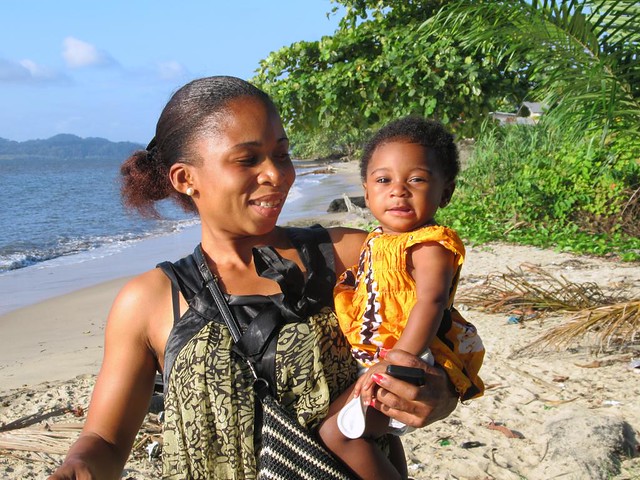
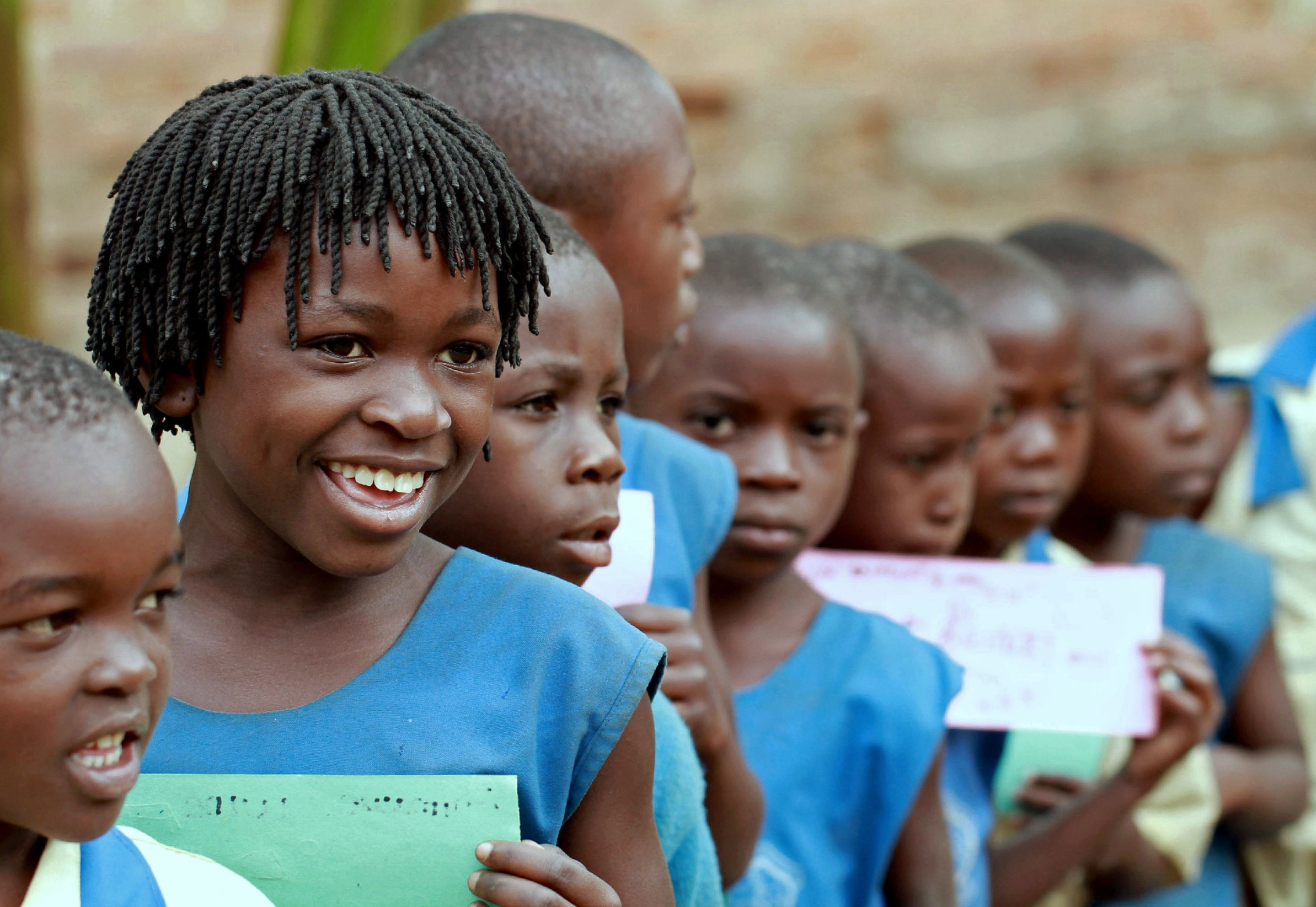 Due to extreme poverty, girls’ education in
Due to extreme poverty, girls’ education in 
